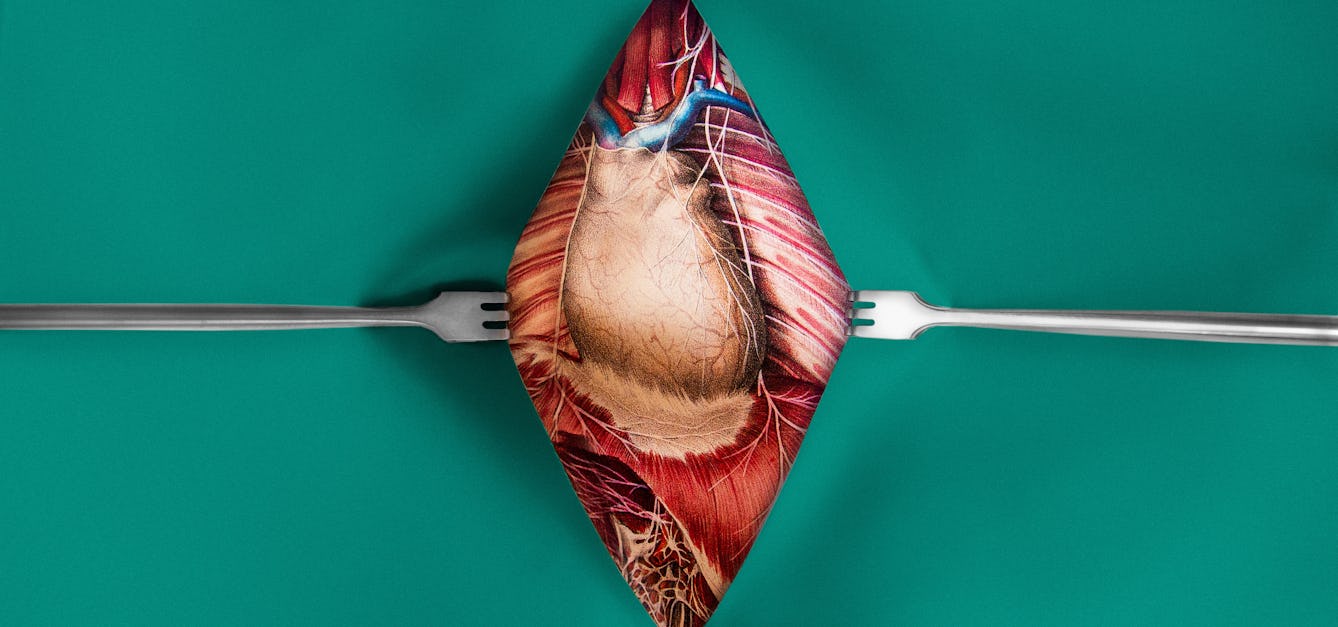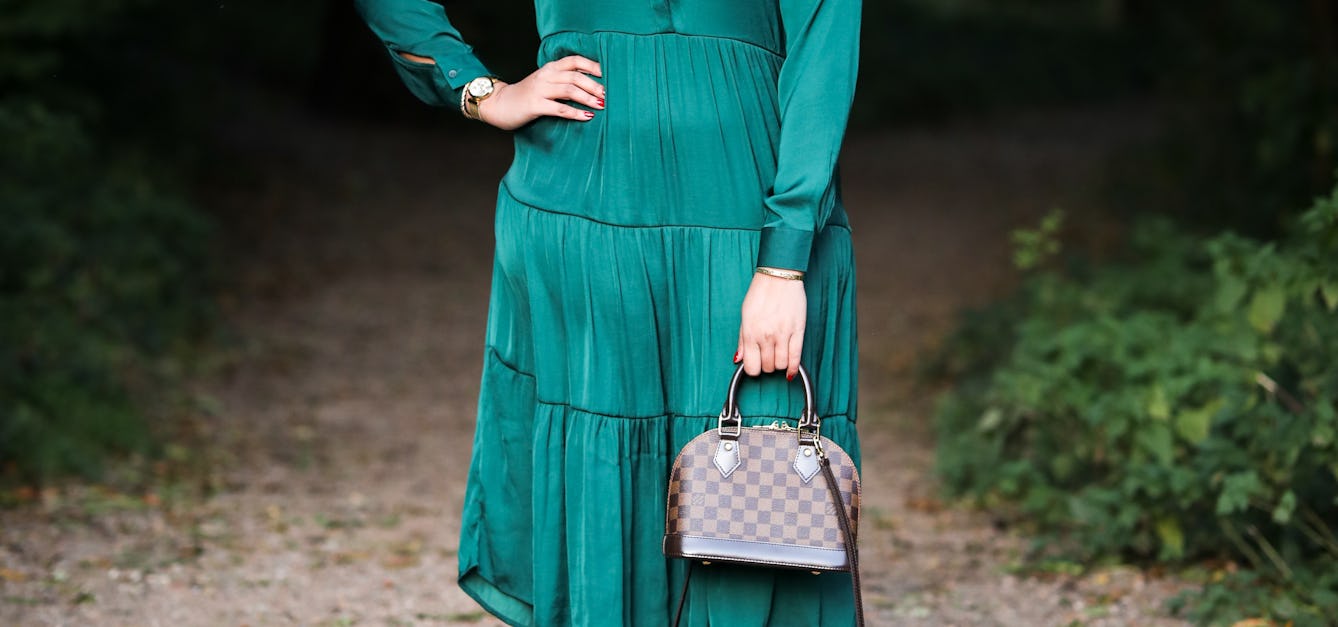Stories

- Comic
Heart
Tune in to the beat of your heart. What does it say?

- Book extract
Healing hearts and saving lives
Cardiology is a prestigious specialism, known for its life-saving, heroic staff. But a doctor’s training eventually reveals other, less obvious ways to save lives.

- Article
The problem of the punctured heart
During World War II a young American surgeon working in England perfected shrapnel-removal techniques that saved dozens of lives. Discover how one case sealed his reputation as the founder of cardiac surgery.

- Article
Dress and the magic of touch
Fashion, of course, is largely about appearance, but the feeling of clothes on your skin is a complex sensory experience. Shahidha Bari contemplates the human connections in the business of creating and wearing clothes.
Catalogue

- Books
- Online
Heart-beat and pulse-wave / by C.S. Roy and J.G. Adami.
Roy, Charles S. (Charles Smart)Date: 1890
- Books
- Online
Heart-beat and pulse-wave / by C.S. Roy and J.G. Adami.
Date: 1890
- Books
- Online
Heart-beat and pulse-wave / by C.S. Roy and J.G. Adami.
Roy, Charles Smart, 1854-1897.Date: 1890- Books
The causation of extrasystolic irregularities of the heart beat, with special reference to the hypothesis of parasystole / by C.C. Iliescu and A. Sebastiani.
Iliescu, Constantin C., 1892-1973.Date: [1923]- Videos
Heart vs mind: what makes us human?.
Date: 2012









